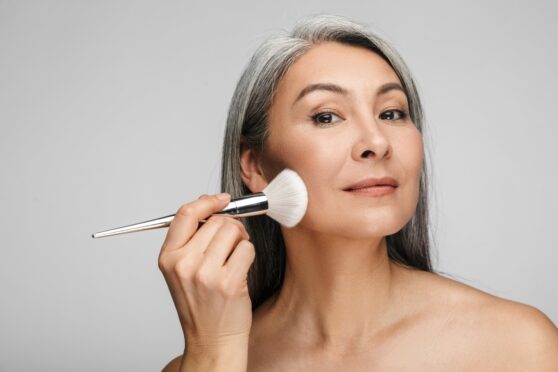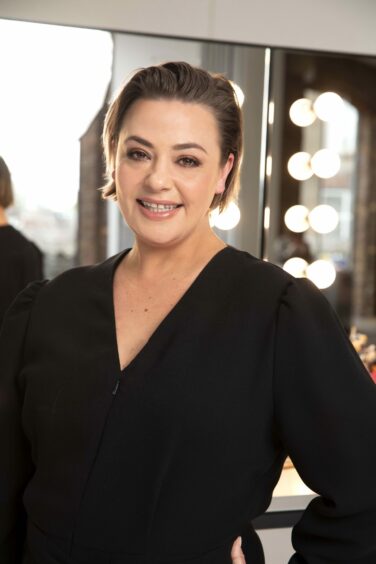
When did you last clean your make-up tools?
Every morning when you pick up your brushes, sponge or beauty blender, you’re not only dabbing on foundation, concealer and colour – you could also be rubbing dirt, bacteria and germs into your freshly clean skin.
Here, award-winning make-up artist Lisa Armstrong shares why it’s vital to keep your beauty accessories clean, and how to get every tool sparkling again.
Queen of clean
“When you are a make-up artist, you can’t, under any circumstances, have a kit that is not immaculate,” explained Armstrong who is a brand ambassador for Beauty Hygiene Plus, a new cosmetic tool cleaning range, which helps to eliminates 99.9% of bacteria and viruses.
“Clean brushes, clean beauty tools, clean sponges – everything needs to be 100% clean, sanitised and sprayed to an inch of its life! Not only is it essential for hygiene purposes, you also don’t want a client to sit in your chair and see grubby tools.
“A make-up artist would always clean their hands between every client, and the same principle should be applied for your make-up and equipment at home.”
Give germs the brush off
Most people will avoid cleaning their brushes because it takes a long time for the fibres to dry. Armstrong advises using a spray cleaner with just a two-minute turn-around!
She explained: “My favourite product in the Beauty Hygiene Plus range is the Quick Dry Brush Cleaning Spray (£12, beautyhygieneplus.com) because we always have a quick turn-around of people coming in and out, so you must have your brushes clean, bacteria and virus free in between.
“Spray directly onto your make-up brush from 20cm, wipe any excess product off with a tissue until the brush is clean then simply leave to dry for two minutes.
“It’s a beauty hygiene game changer – and antibacterial and antiviral, too!”
Add accessories
Did you know that it’s not just tools that can harbour germs? Even your cosmetic bag could be filled with more than just MAC eye liners and Max Factor foundation.
Armstrong continued: “At home, people can get a bit lacklustre about cleaning, but it’s so important for stopping the spread of nasty bacteria. For example, eye infections can be transferred from mascara wands or unclean lipstick can cause infections on the mouth.
“You don’t want to run the risk of nasty infections and breakouts by using bacteria-ridden brushes or sponges, so get everything clean!”

Enjoy the convenience of having The Sunday Post delivered as a digital ePaper straight to your smartphone, tablet or computer.
Subscribe for only £5.49 a month and enjoy all the benefits of the printed paper as a digital replica.
Subscribe © Mark Cant
© Mark Cant